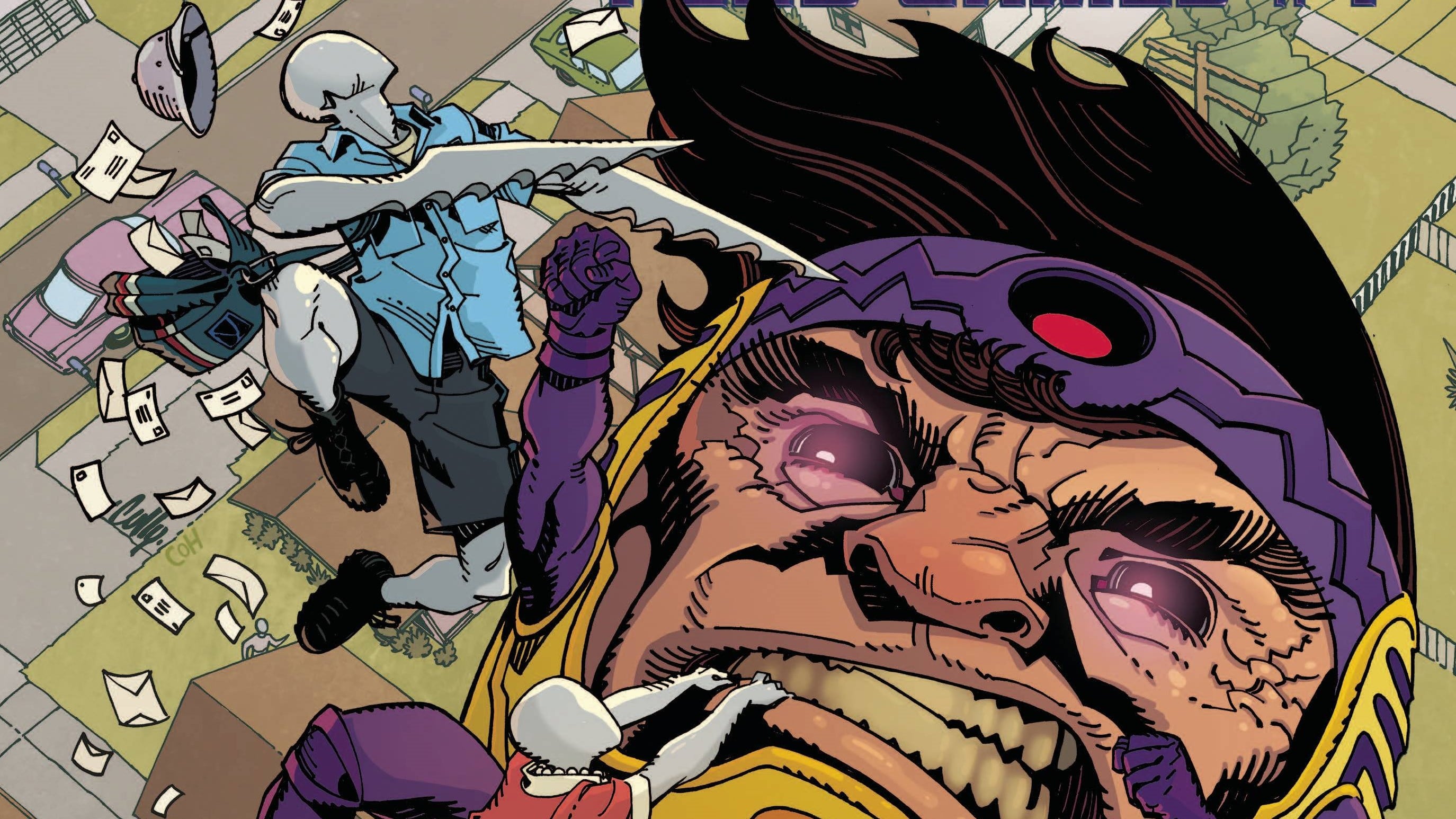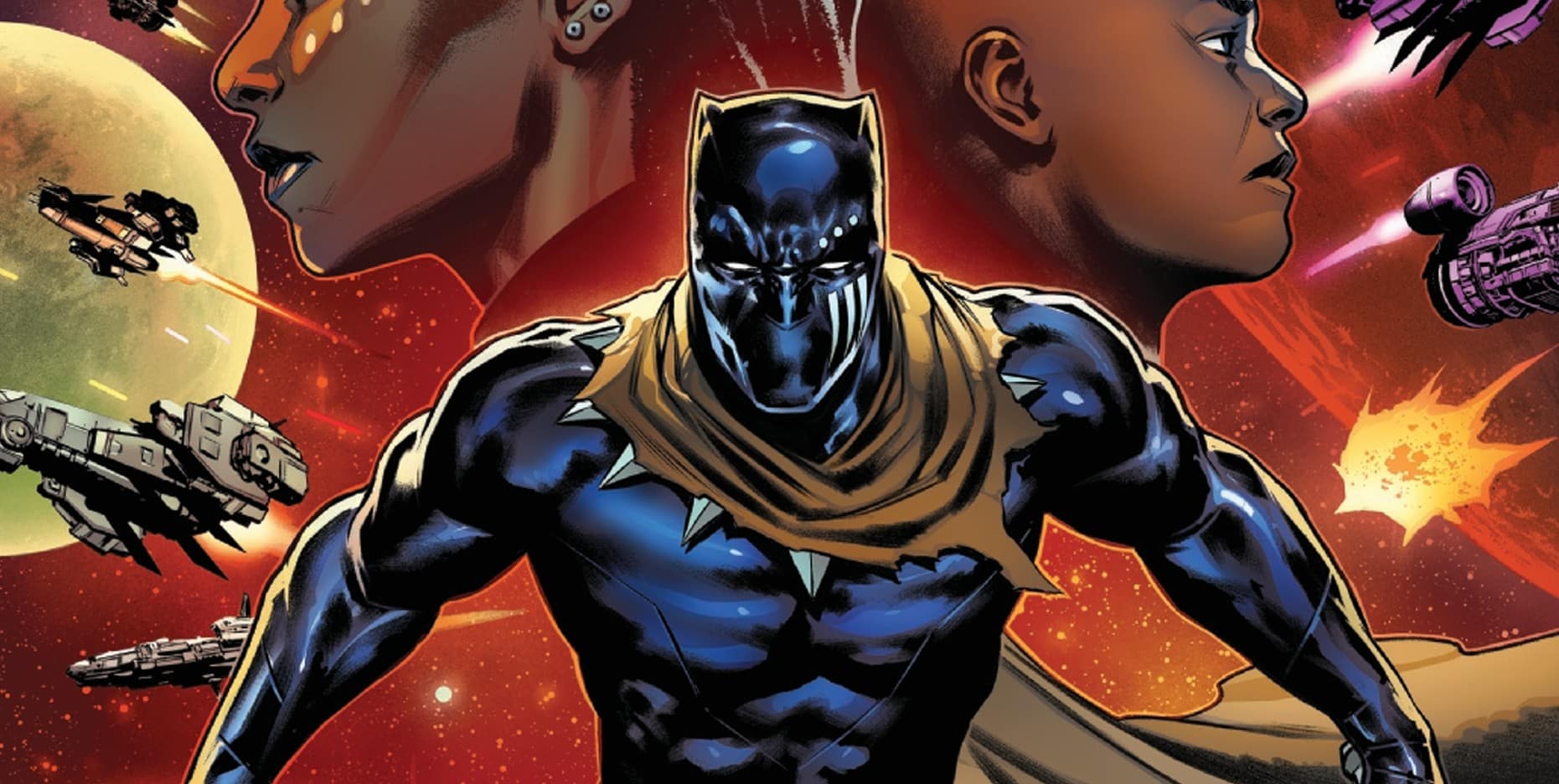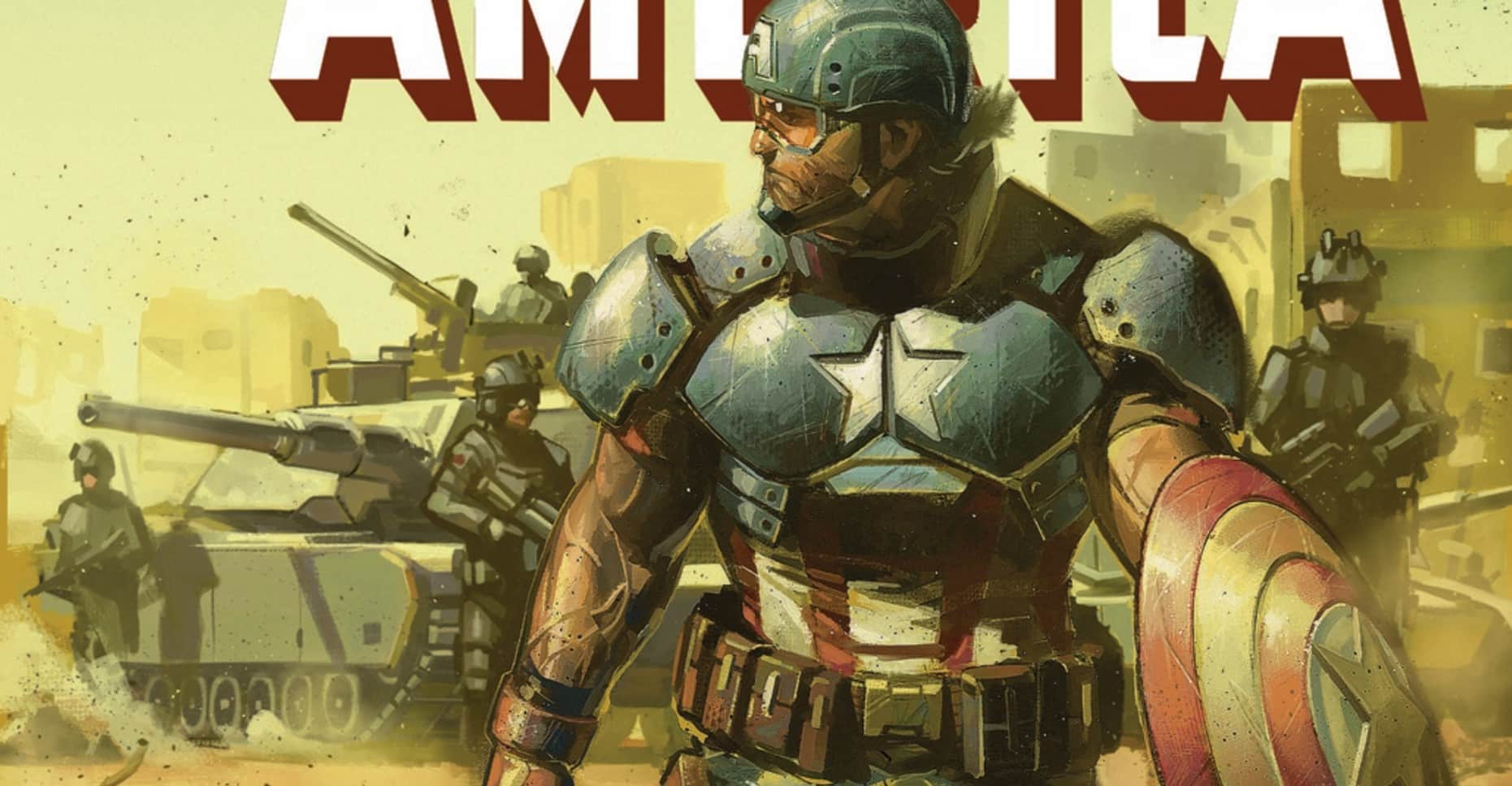A big head means big head games. As this M.O.D.O.K miniseries wraps up – and we look ahead to the groundwork it lays for the villain’s own Hulu show – we just might have discovered that just below the giant brain, there is a giant… heart? Well, we’ll see. The writers of this issue are Jordan Blum & Patton Oswalt, with art by Scott Hepburn, colors by Carlos Lopez, and letters by Travis Lanham.
When you take a step back from the suspension of disbelief that – just like in live theatre – allows comics readers to find the ridiculous to make perfect sense, you might see a character, a costume or a battle scene in a different light. Somehow on the page M.O.D.O.K, the giant-sized head designed, as the acronym goes, only for killing, looks a little absurd, but we’ve all accepted him into our minds and hearts as a scientific possibility.
But when you step out of that magical comics space and you hold this image up to the cold light of day… what do you do with him then? How can our puny human brains, which delight in order and are biologically designed to prefer tiny adorable versions of things, ever solve a problem like M.O.D.O.K?
This is where M.O.D.O.K: Head Games comes in, a four-issue arc that suggests we open our minds to new stories. We stare down and reckon with an outrageous, deeply and disproportionately funny supervillain, and in this fourth and final issue, narrative decisions await. He’s high camp. He’s utterly un-relatable. He’s good fun. He’s seemed, for an issue or two, to expand, a sponge of story with a new capability to contain multitudes. So is there really more to M.O.D.O.K than pomp and circumstance and lots and lots of murder?
During the course of this miniseries, M.O.D.O.K has been plagued by visions that have been tugging at the tendrils of this grandiose brain. He’s been having dreams about a different life. A family life. Children, even! We all try it on for size. He has love, he has – it seems – a heart. It’s preposterous, right?
But what if it wasn’t?
And if, after everything, it isn’t real – if M.O.D.O.K can’t be George Tarleton again and the wife and kids are just a virus-related fever dream, some kind of computer error, would it be so bad if it became true? What if it were made so, and then M.O.D.O.K could, when the lackeys were getting a drink at the bar and the killing was done for the day, have a rich personal life?
That’s the life Blum & Oswalt will showcase on their upcoming stop-motion animated M.O.D.O.K series for Hulu, after all, and they offer this version of the character up in the miniseries as a flash of a life imagined, a life lost, or — perhaps, by the end of this issue — a life still to come.
The juxtaposition of character possibilities is a time-honoured comics tradition, and Blum & Oswalt embrace it here with goofiness and gusto, balancing the bumbling dad M.O.D.O.K with the ruthless, straightforward violent murderous tendencies we have come to expect. And it’s all tied up in a revenge plot.
This is an explosion of a finale, an issue that barrels towards its exuberant final pages with panel-breaking figures (the action too big to be neatly contained), your eyes always drawn to the classic purple and gold that makes up the M.O.D.O.K colour palette. Hepburn’s art has a pleasing flourish to it, a flair for the dramatic – always with tongue lodged firmly in cheek, even when real threats are looming around the edges.
There are plenty of little visual nods to Jack Kirby, which feels right; this is a comic that plays with character legacy and reality, celebrating the continuum of a long-living character and reveling in the narrative elasticity that comes along with it. There’s even a little room for existential pondering: who makes us who we are? Who decides our limitations? But these slide quickly by; this isn’t a comic that needs to get too deep. It’s just a head game, after all – a thought experiment for a character who would probably claim, in an argument, to have the largest of all thoughts.
It’s a swiftly funny and charming introduction to the M.O.D.O.K soon to come to Hulu, and this issue serves as a bit of a love letter to the unique world of comic books – how can they contain endless possibilities, how there is space for drollery and humour and a touch of the absurd. It honours M.O.D.O.K and all oddball comic book characters in all their glory – the good, the bad, and the wonderfully, wonderfully ugly.
Cassie is an arts and culture writer living on Gadigal land in Australia. For 10 years she’s been working as a professional theatre critic, and is delighted to finally be writing about her other love: comics, baby.






